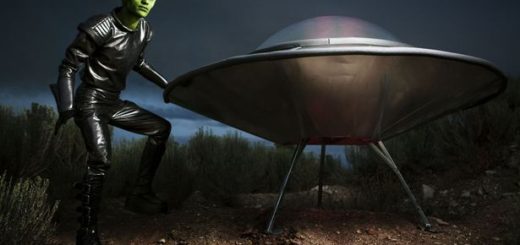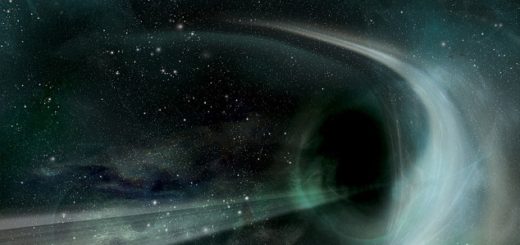What do birds have to do with stargazing? A lot, it turns out.

Like many people staying home during the coronavirus pandemic, I have recently gotten into a new hobby: bird-watching.
Last fall I set up a bird feeder in my backyard and immediately became fascinated by the number of different avian varieties attracted to it. When I identified a red-bellied woodpecker using a pocket guide on birds, I think I became almost as excited as when astronomer Leslie Peltier identified his first star, Vega, using Martha Evans Martin’s classic work, “The Friendly Stars.”
And it was while doing some bird-watching that I began to consider the number of birds that are constellations. I later looked it up and found that there are nine birds in our night sky. Besides the two most noteworthy, Cygnus the swan and Aquila the eagle, there’s a dove (Columba) and even a mythological Phoenix, which dies in a show of flames and combustion, only to come alive again from its ashes.
Related: Constellations of the night sky: Famous star patterns explained (images)
Click here for more Space.com videos…
CLOSE
Several avian constellations in the southern skies were created in 1598 by Petrus Plancius and Jodocus Hondius, who were Dutch-Flemish astronomers and cartographers. At that time, Dutch merchants were establishing a foothold to colonialism in what we know today as Indonesia in search of spices and other trade goods. While sailing south of the equator, navigator Pieter Dirckszoon Keyzer had ample time to contemplate the southern night sky, then largely uncharted to Europeans.
It was from Keyzer’s observations that Plancius and Hondius designed a celestial globe with a dozen new constellations. Among these were a crane (Grus), a bird of paradise (Apus), a peacock (Pavo) and a toucan (Tucana), but these last three constellations are unfortunately too far south to be seen from mid-northern latitudes.
A star pattern to crow about
One bird is visible in April about one-third up from the southern horizon toward the zenith overhead during the late evening hours. Originally known in Babylonian star catalogues dating back to 1100 B.C. as simply the Raven, it’s a rather striking four-sided figure of fairly bright stars, like a triangle whose top has been removed by a slanting cut.
The quadrangle is known today as Corvus, the crow. In Greek mythology, sent one day by Apollo for a cup of water, Corvus dallied in returning as he was waiting for a fig tree to ripen. Bringing the cup of spring water and a water snake in his claws, he told Apollo that he had been delayed because the serpent had attacked him. Apollo, angered knowing that Corvus was trying to deceive him, placed all three in the sky. The cup of water (Crater) is to the west of Corvus, within easy reach, but the snake (Hydra) prevents him from drinking it.
And (so the legend goes), since that day all crows, formerly silvery white, are as black as night.
Migrate idea
Every spring, vast number of songbirds depart from their southern winter retreats and fly back north. Such seasonal migration patterns can commonly cover up to 3,000 miles (5,000 kilometers). Bird migration patterns may seem an odd topic for this column, but bird watchers and astronomers have long shared some common ground.
Ornithologists used to wonder if birds migrate nonstop for hundreds of miles across the Gulf of Mexico. To answer that question, they would break out a telescope during the migratory season and wait until the night of a full moon. Before the advent of radar, ornithologists studied nocturnally migrating birds by training small telescopes on the moon to count their quarry passing in fleeting silhouette. Some ornithologists dubbed the practice “moon watching.”
Even more challenging to students of ornithology and animal behavior is that most songbirds migrate at night, but just how do these birds find their way? An independent study conducted in the late 1960s by Cornell University under the artificial skies of a planetarium strongly suggested that the indigo bunting, a common songbird throughout the eastern United States and Canada, uses the stars as a guide for its annual migratory flights.
The experiments indicated that stars located in the northern sky, close to the celestial pole — perhaps the Big Dipper — may provide essential cues for these birds. Apparently, birds obtain directional information from the star patterns, much as we do ourselves.
Other navigational cues might also be of importance. Scientists observing migrations by radar have often reported large, oriented flights on overcast nights, when birds could not have been using celestial information. Whether birds unable to see the stars rely on geophysical factors, winds, or other cues is still under scrutiny as scientists attempt to discover the guidance mechanisms underlying these navigational feats.
This owl took a tern for the worst
Lastly, we should mention one other star pattern, which on some older star atlases can be found perched serene and unconcerned on the end of the tail of the constellation Hydra, the snake.
Noctua, the owl, includes nearly two dozen mostly faint stars. Frenchman Pierre Charles Le Monnier created the bird in 1776 to memorialize the voyage to Rodriguez Isle of famed French astronomer, Alexandre Guy Pingre. Le Monnier originally named these stars for the extinct flightless bird, the Rodrigues solitaire; Alexander Jamieson in his 1822 work, “A Celestial Atlas,” turned the bird into an owl.
Unfortunately for Le Monnier, Pingre and Jamieson, the owl is no longer recognized as an official constellation; its dim and scattered retinue of stars now belong to the constellations of Virgo and Libra.
This is sadly ironic, since there are a wide variety of different birds that populate our nighttime skies, yet the bird that is most associated with the night is not one of them.



 Creators of mankind
Creators of mankind Description of “Tall white aliens”
Description of “Tall white aliens” Where they came from?
Where they came from? About hostile civilizations
About hostile civilizations The war for the Earth
The war for the Earth “Tall white aliens” about eternal life
“Tall white aliens” about eternal life Video: “Nordic aliens”
Video: “Nordic aliens” Aliens
Aliens Alien encounters
Alien encounters The aliens base
The aliens base UFO
UFO Technology UFO
Technology UFO Underground civilization
Underground civilization Ancient alien artifacts
Ancient alien artifacts Military and UFO
Military and UFO Mysteries and hypotheses
Mysteries and hypotheses Scientific facts
Scientific facts


















